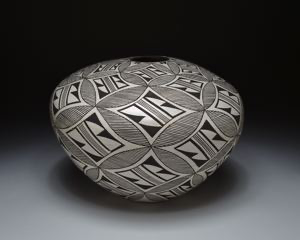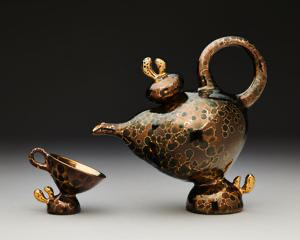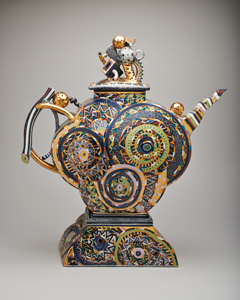| Showing 22 of 84 |
| FILTER RESULTS | × Close |

 by Artist (79)
by Artist (79)
Adrian Saxe
1
Akio Takamori
1
Alice Cling
1
Andrea Gill
1
Annabeth Rosen
1
Annette Corcoran
1
Baba Wagué Diakité
1
Bede Clarke
1
Beth Calengor
1
Betty Woodman
1
Chris Gustin
1
Cindy Kolodziejski
1
CJ Jilek
1
Dan Murphy
1
David Dyche
1
David Furman
1
David James Gilhooly
1
Deanna Tso
1
Dennise Gackstetter
1
Dirk Staschke
1
Don Reitz
1
Dora De Larios
1
Douglas Kenney
1
Elaine Henry
1
Eva Kwong
1
Faye B. Tso
1
Forrest Lesch-Middleton
1
Gail Busch
1
Harris Deller
1
Jack Troy
1
Jane Grimm
1
Jason Hess
1
Jason Walker
1
Jill Lawley
1
Joan Takayma-Ogawa
1
Joe Davis
1
John Neely
1
Jun Kaneko
2
Karen Koblitz
1
Karen Massaro
1
Kari Smith
1
Kurt Weiser
1
Leah Hardy
1
Lesley Baker
1
Lorna Meaden
1
Louis Marak
1
Louis Reilly
1
Malcolm Mobutu Smith
1
Marilyn Levine
1
Mark Derby
1
Mark Pharis
1
Mark Prieto
1
Markus Urbanik
1
Mary Law
1
Maryann Webster
1
Mel Robson
2
Michael Lucero
1
Ralph Bacerra
1
Richard Bresnahan
1
Richard Shaw
1
Robert (Boomer) Moore
2
Robert C. Turner
1
Robert Johnson
1
Ron Meyers
2
Rudy Autio
1
Rupert Deese
1
Ruth Duckworth
1
Sam Chung
1
Sandy Simon
1
Susan Beiner
1
Susan Harris
1
Thomas Campbell
1
Tim Mather
1
Todd Hayes
1
Tom Coleman
1
Tony Martin
1
Viola Frey
1
Walter Ostrom
1
Warren MacKenzie
2





